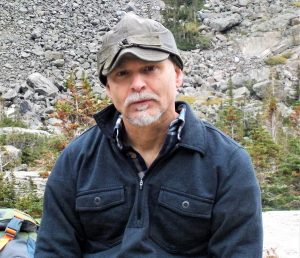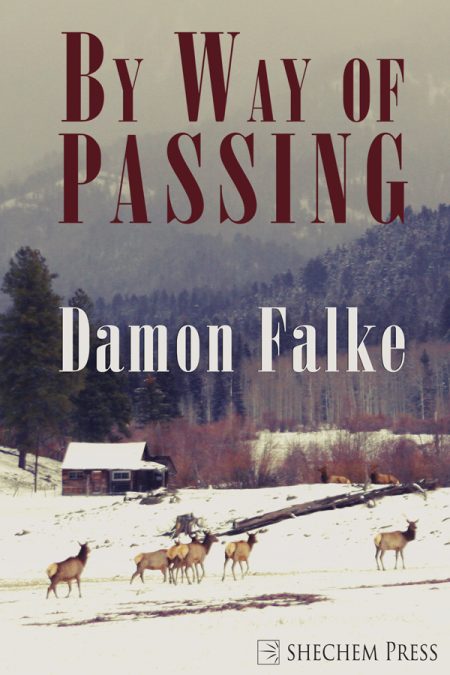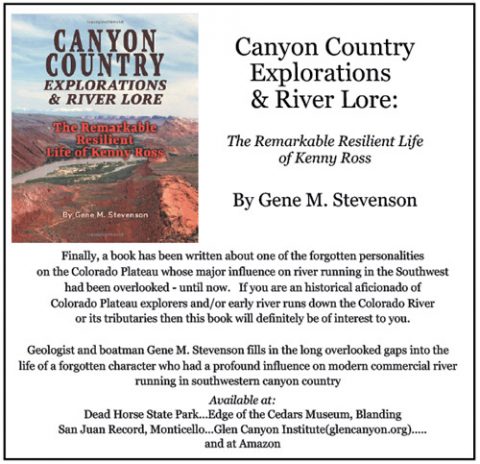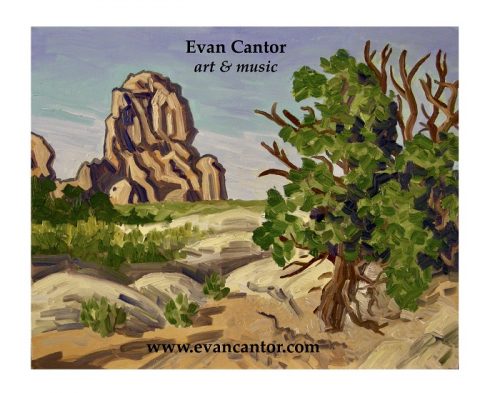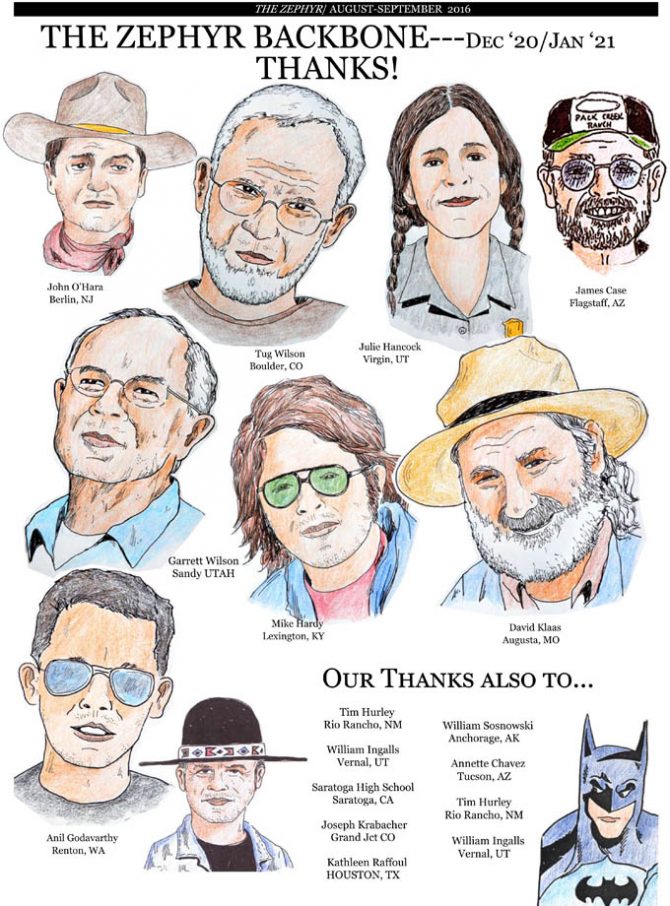It was around the first of October that the leaves on the birch trees began to blow away. I looked out of the window one morning and saw that leaves had gathered at the side of the road. I saw leaves had bunched in the bushes and at the base of trees I rarely trim. Leaves collected in the footpath that leads between my front stoop and the place where I catch the bus most mornings. Beyond that place, looking eastwards and down the road, is a slope of what remains of the birch trees. They are thin and smoky looking, like the very shape of memory. Beyond them are the foothills and beyond the foothills are the mountains that share space with clouds and raindrift. There is nothing to add to such a world. A quick check beneath the window is yet another pile of books. A biography of Ingrid Bergman, Selected Poems of Anna Akhmatova, a commentary on the plays of Euripides, and Too Close to the Sun: The Audacious Life and Times of Denys Finch Hatton.
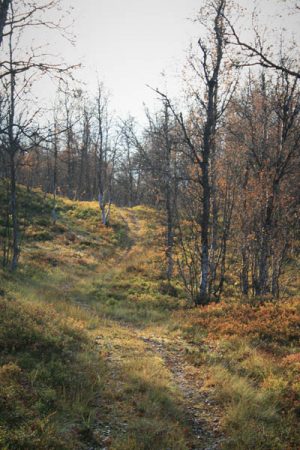
I have been waiting for this time of year and for a morning when I could look out of a window and see leaves that have blown from the trees and a world that is a little cooler, a little greyer, but not yet bleak and not without color. Although I have been keeping a journal since my teens, I have tried this year to give more attention to such moments and places that are already close to me. I have looked, for instance, from every window inside my house. I have looked at the apples inside a bowl on my kitchen counter. A couple of evenings ago, I sat on my porch with a cup of hot coffee, a slice of warm apple cake, and watched the moon rise over the mountains. There was a moment when I saw the moon blossoming between the branches of the birch trees. For fear of seeming overly romantic, I should admit these moments have been carved out of recognizable chaos. The chaos of not having a functional sink or shower since June, the chaos of my computer dying a week ago, the chaos of working two jobs while dreaming of some other life, the chaos of not dreaming.
For years, keeping a journal has been an effort to find a quiet place inside of chaos, even when I have written of chaos. Aside from the usual fibs I tell myself, there are the predictable lists of books, of places to fish, of paintings to see, of music to hear. When I first started writing a journal, every entry had something to do with fish or fishing. But in time, I began to make sketches of trees, of rivers, of mailboxes, of ordinary things. After a few more years passed, I began to collect the paper slips of life: train stubs, flight itineraries, museum passes, post cards, bookmarks, and once a thick square of watercolor paper on which an artist had worked out a color scheme for a future painting. Typically, at the end of each year, I comb through the pages of my journal. I stop to look again at a museum passes or train tickets. I stop to see if anything has been scribbled on the back of a postcard. And I regret reading anything I have written.
I have never been confident about what to do with end of the year rituals, like flipping through the pages of my journals, like watching leaves fall or staring wordlessly at the world. I am not good at thinking about the future. I am tempted to say I do not believe in the future. Even so, I know the first snowfall will come. When it does, I am likely to stand outside in the cold and snow until I am cold and covered with snow. This will be another moment I will try to remember. All the windows and rooms and mountainsides and rivers and reflections and paths and encounters that go on bending into nothing—I remind myself how easily I could disappear into some those.
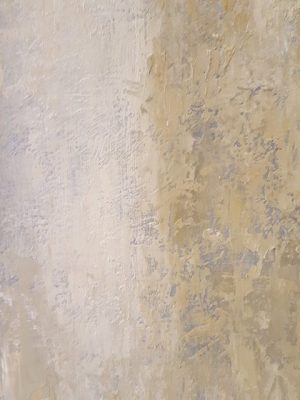
Details from a painting by Tabby Ivy.
I have been thinking about these things lately, given the time of year and where my heart tends to venture this time of year. Whenever Tabby Ivy sends an image of one her paintings, questions about what to do with moments and where to disappear take another form. I have lived for almost a year with Tabby’s work and the correspondence we both maintain. Our conversations have often been about art and painting, though we have discussed, too, cooking and where to drink wine on a late summer evening, about stumbles in health, about mistakes from the past, and the occasional what-ifs of life. Her paintings have been more abstract lately. I am thinking of three recent pieces “Sometimes We Can Only Listen,” “In That Place a Moment Before,” and “Far, Between, Touch.” After months of looking at Tabby’s work, I recognize more layers in her pieces. Tabby has taught me that the layers add textures. Although it might be too much to suggest that each layer adds another story, each layer does present another way of seeing.
When I am not wandering the halls of the university, searching for abandoned books, noticing how students gather, or reading alliances on office doors (thought they are all now the same alliances), I am in a classroom. I conduct three seminars, two days a week. The seminars are for an introductory course to literature. Lately we have been reading poetry. Some students like poetry. Some students like the idea of liking poetry. Some students never bother. But for those who do bother, we have been reading good poems in recent weeks. “Sailing to Byzantium,” “Dulce et Decorum Est,” “My Last Duchess,” “somewhere I have never travelled,” these, among others, are classic poems. They are classic in the “hamburger, fries, and a Coke” sense of the word—a clever definition, by the way, and one I cannot take credit for. Students tend to have expectations that they should be shattered or moved in some way by a poem, but then they read a couple, read even the great poems, and, well, not much happens. Think of Peggy Lee’s rendition of “Is That All There Is?”, think of the Netflix-sex-sleep routine that, somehow, passes for a romantic evening, until, of course, it doesn’t anymore—if it ever did. Teachers can shrug or bleed when they teach poetry. I tend to bleed.
Despite the mess I make when teaching poetry, I try to stick with the basics. Notice, I incant to students, the line breaks in a poem or consider how the punctuation functions. Ask yourself what syllables are stressed or unstressed and consider how either might shape a poem. Ask yourself how these elements of prosody create meaning, if indeed they do. Then we read a few poems and do the best we can with them. By the end of class I feel defeated by the entire process. Aware of my own failings as a teacher and at the same time aware of the possibilities of poetry, I offer students two last-gasp suggestions for how to read a poem, which comes in the form of two further questions. One, ask yourself what makes you stop. Two, ask yourself what you will carry with you. That is all I have to offer.
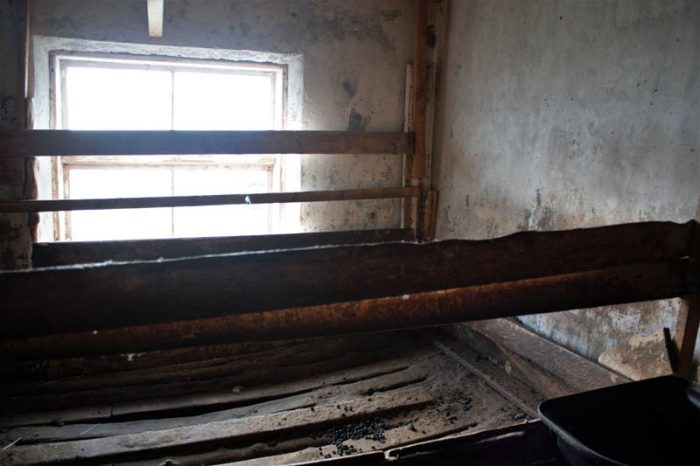
This has been a year of stopping. To stop and look at something risks becoming aware of a third state or possibility that exists for an object, even for the act of looking itself. This is what one philosopher refers to as “the third table.” Arguably this is not a new concept, and there are individuals far smarter, far better read than I am who live inside questions that arise from this concept. What I can speak to, however, is my own experience of stopping and looking and sensing there is something more or something present to various encounters. Like many people, I have felt this while looking at leaves that have blown from trees. I have felt this while looking at abandoned houses or when seeing smoke rise from a chimney or when seeing a light that warms a window. Likewise, there are lines of poetry and prose that make me stop.
Life piled on life
–Alfred Tennyson, “Ulysses”
Were all too little, and of one to me
Little remains.
I worried that a great
–Jack Gilbert, “Living Hungry After”
love might make everything else an exile.
In the fall the war was always there, but we did not go to it any more.
–Ernest Hemingway, “In Another Country”
He knew that he had lost that part of it, the freshest and the best, forever.
-F. Scott Fitzgerald, The Great Gatsby
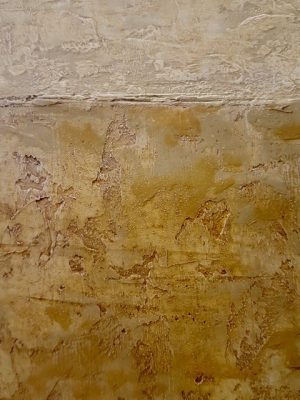
Details from a painting by Tabby Ivy
Lines of poetry and prose, nature, the arts, windows and architecture, whatever we might encounter, we can stop. Given what this year has been and some of the projects I have been pursuing, I cannot help but think of Tabby’s paintings. When I first encountered Tabby’s paintings two years ago, I stopped. What formed between her paintings and my looking was a silence. Her paintings and the silence I discovered while looking at them are what I carry with me.
I am not clear with my students about what they should carry. How could I be? What any of us carries arrives often enough unexpectedly. Over time, the things we carry merge into our stories. It was years ago, when I was deer hunting in East Texas, that the memory of a road I had bicycled as a child came back to me. The road in front of the hunting cabin was a combination of white sand and red clay. It was identical to the road I had bicycled as a child. The road from my childhood dead-ended at a house where a family of brothers and sisters lived. One of the sisters, a woman named Grace, always offered me a slice of homemade bread whenever I showed-up for a visit. What could she have thought, this old woman, of a small, too often ill little boy arriving unannounced at her family home to visit and to eat homemade bread?
In these same woods and less than a mile from the hunting cabin, Charlie Pepiton and I met a man who earned his living by estimating the board feet of harvestable timber on private land. His other vocation, he told us, was serving as a pastor for a small congregation in a town twenty miles south of where we met. We met, as chance would have it, in a cemetery that marked, appropriately enough, the end of the road. On the edge of the cemetery was a place to turn around vehicles. There was also a long table where folks could gather and eat and speak of their dead. For years in East Texas, there had been rumors of cougars or of panthers, as East Texas people are prone to call the big cat, living in the piney woods. Nevertheless, biologists could not or would not confirm the existence of cougars in these woods. It was obvious the man we were talking with knew the woods. I asked him.
“Have you ever seen any cougars in the woods?”
“Sure. I see cougars all the time.”
“Really?”
“Sure. Only they ain’t golden like you see in the pictures. They’re more brown, sort of camouflaged. They’re hard to see, but they there.”
We talked a while more. We talk about his church, about his congregation. We talked about the woods and the roads he drove. As we talked, he got his gear together. He put on his safety vest and hardhat. He stuffed a clipboard and calculator into his knapsack. He then strapped a pistol to his waist.
I said to him, “I guess you need the pistol for the cougars.”
The man looked at me and smiled. “Ah, Mister Damon,” he said, “they’re animals in those woods more dangerous than some old cougar.”
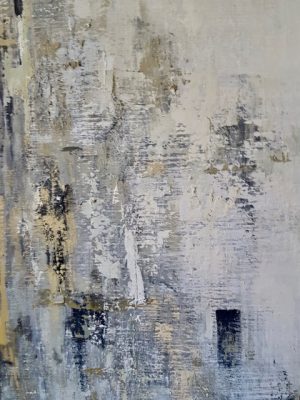
Details from a painting by Tabby Ivy.
There it was—Charlie realized it too—the thing to carry, the ah, Mister Damon, they’re animals in those woods more dangerous than some old cougar.
Still I return to what is close. After nearly a year of living with Tabby’s paintings, I have needed to ask myself how daily encounters with her work might continue to hold their enchantment. I am reluctant to give answers to such questions. They risk becoming interpretations, and I do not want to risk too much interpretation about my friend’s art or my experience of living with her work. The things we love simply resist closure. I can observe layers, textures, shadings, light and shadows, her choices of color, and in the process of doing this, I can discover qualities about her paintings, but I cannot observe what stops me. I cannot even choose to stop. I can only be willing to stop or to be vulnerable enough for such an encounter. The experience is not unlike opening a window or watching the moon rise or looking at the hands of a lover or glancing at a familiar pile of books.
And so, in fact, I glance again at the pile of books beneath the window in my library, as the leaves and weather outside continue to change. My journal is there, on the pile of books. Out of curiosity I open the first page to see that I had started this journal while visiting a small town in Austria. That was two years ago. I see, too, that I began writing in the journal in May of that year. I am charmed by the date and the bliss of an unexpected thread as I realize upon what book the journal has been sitting. Because it was in May 1931 when Denys Finch Hatton, the aristocratic bon vivant of Out of Africa fame, climbed aboard his Gypsy moth and made what became his last, short flight before his plane crashed to the ground. It has been recorded that those few friends who waved goodbye to Denys that morning heard him say, just before he climbed aboard his plane, “another time.” Yes. Another time. That was the end of something.
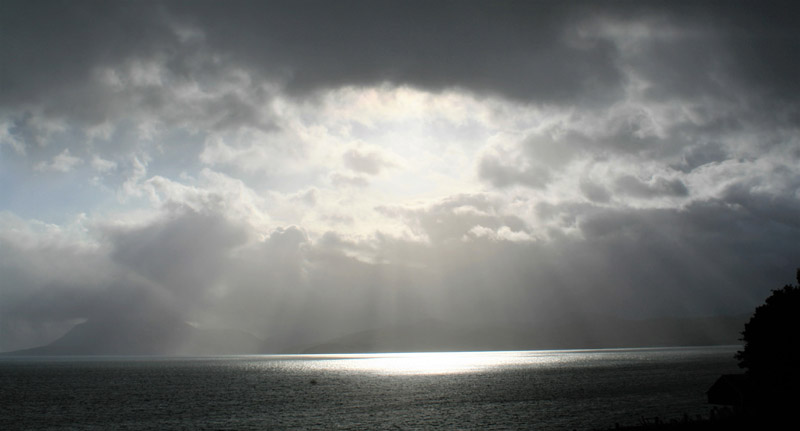
Damon Falke is a regular contributor to the Canyon Country Zephyr. He is the author of Now at the Certain Hour, By Way of Passing, and most recently The Scent of a Thousand Rains and the forthcoming film Koppmoll (2020), which explores memories of War World II and home. You can find out more about his work at: damonfalke.com, shechempress.org and on Facebook.
Tabby Ivy is a contemporary landscape painter living in Bigfork, Montana. See her work on her website: www.tabbyivy.com.
To comment, scroll to the bottom of the page.
Zephyr Policy: REAL NAMES ONLY on Comments!
Don’t forget the Zephyr ads! All links are hot!


